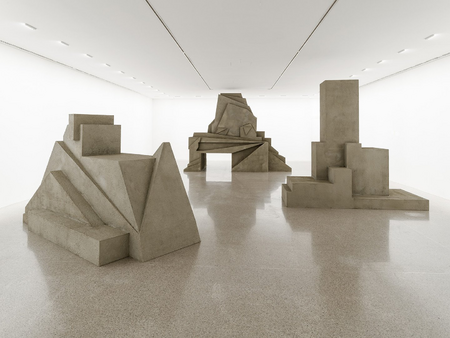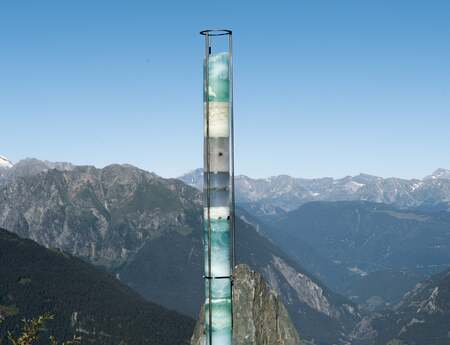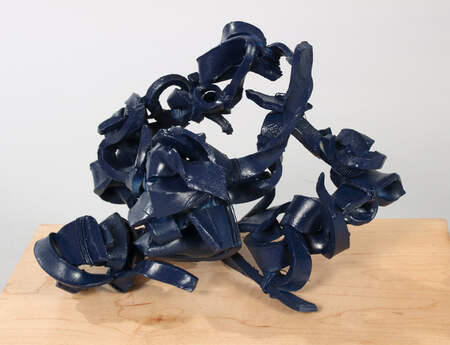Sophie Azzilonna
Museumsplatz 1
1070 Wien
Austria
Nikita Kadan. Project of Ruins
His installations, objects, drawings, and videos prove him to be a critical observer and interpreter of the changes and the links between communist past and neoliberal present. At the center of Nikita Kadan’s Project of Ruins is his exploration of the role of avant-garde art during the Soviet period in Ukraine and its significance for the present day as well as the public response to it.
Kadan lets unstatued pedestals rise all the way to the museum ceiling. In his installation at mumok, he reshapes the Soviet-era hero-tipped plinth sculptures into heroless sculptural pedestals, thus illustrating the suppression of political heritage in Ukraine on the example of the demolition of Communist monuments.
The exhibition title points to this deliberate destruction as a political project and also infers the artistic investigation of this development. Monument removal, applied after the collapse of the Soviet Union and state-sanctioned by decommunization since 2015, can be seen in connection with the Russian invasion of Crimea and Eastern Ukraine. Ukrainian monuments are eliminated there by pro-Russian forces in order to undermine the country’s national identity. The war between Ukraine and Russia proceeds with utmost brutality even on a symbolic level. Not only does it cloud the present, but it also threatens to overshadow historical reality. For the act of looking back is closely related to an undifferentiated condemnation of the communist past as a synonym of Soviet dictatorship. Kadan’s artistic and agitative work puts up for discussion this narrow view of history as much as the naïve glorification of the present. He commemorates not only the anti-Soviet and anti-Stalinist aspects within historical communism but also the avant-gardist facets of the propagandistic monuments currently under threat of destruction.
To highlight the significance of the Ukrainian avant-garde in constructivist modernism, Kadan references two key historical figures: Ivan Kavaleridze (1887–1978) and Vasyl Yermilov (1894–1968). While Kavaleridze became famous as a screenwriter and film director and creator of monumental propaganda sculptures in Ukraine, Yermilov is known as a central figure in Ukrainian constructivism and cofounder of an artists’ workshop similar to the German Bauhaus. Works of both artists are cited and transformed by Kadan: He reproduces pedestals of Kavaleridze’s monuments that were already partly demolished by the Nazis and the Stalinists, but he leaves the statues off. He transforms a revolutionary monument by Yermilov into a sculpture that instead of serving as a pedestal to the erstwhile colorful political symbols now memorializes a somber recent wartime relic.
Nikita Kadan’s reinterpretations of monuments are akin to political iconoclasm directed against the suppression of history and simultaneously create a link to the present. Connected in them are the simplification and instrumentalization of history with a neoliberal thirst for profit that abets the further erosion of solidarity and the continued fragmentation of a society. Along with the Russian threat, the social void created by post communism is the kind of breeding ground that Kadan identifies and discusses as the catalyst of a nationalist glorification of the past.
Nikita Kadan is a member of the artist group R.E.P. (Revolutionary Experimental Spa- ce) and cofounder of the artist committee and activist group Hudrada. As an art-political activist, he also works in close collaboration with architects, sociologists, and human rights activists.
Curator: Rainer Fuchs
More info: https://www.mumok.at/


